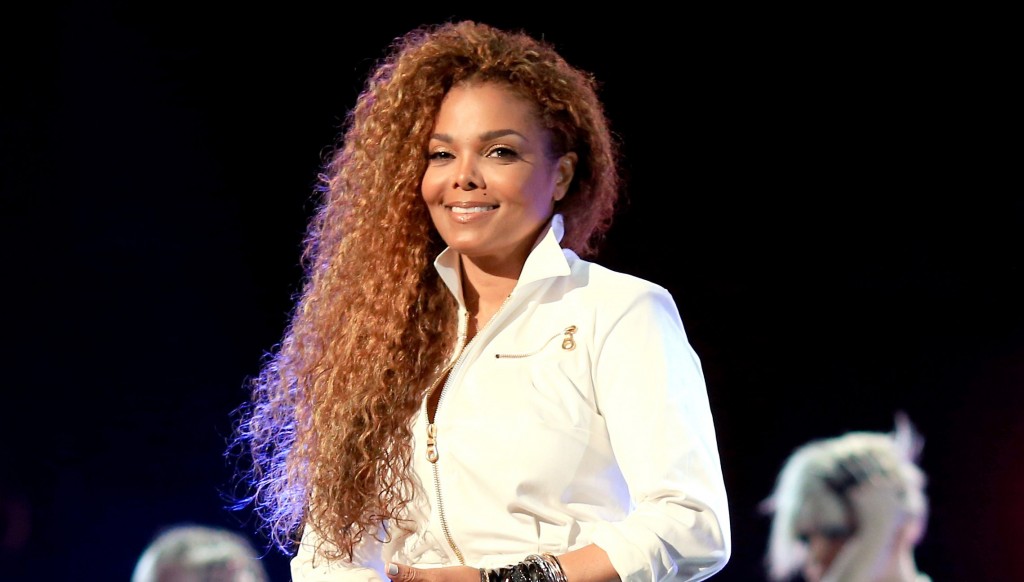
Age and Fertility: Egg Donation Treatment
Just two weeks shy of her 50th birthday, Janet Jackson and her husband Wissam Al Mana, announced that they were pregnant with their first child together. Rumors swirled after Janet cancelled the rest of her Unbreakable World Tour in order to “rest up—doctor’s orders,” leaving many to wonder if Janet had become pregnant through fertility treatment and what exactly is the link between age and fertility.
According to the American Society for Reproductive Medicine (ASRM), a women’s natural rate of conception at 40 is just 5 percent per month.1 As a result of the lower natural rate of conception, many women who want to conceive rely on some type of fertility treatment such as in vitro fertilization (IVF), using their own eggs that they had frozen during their peak fertility years, or through donor egg treatment.
- SGF reproductive endocrinologist Dr. Kate Devine, on Good Morning Washington, discusses donor egg treatment.
Age and Fertility: Who needs donor egg?
While a woman’s fertility is largely dependent on her age, it isn’t the only factor. In fact, donor recipients range in age, typically from mid-30s to late-40s. At Shady Grove Fertility, women can move forward with donor egg treatment until they reach 50 years and 11 months of age.
Donor recipients have often exhausted other fertility treatment options and are eager prospective parents who rely on egg donors to help them build families.
As the leading provider of egg donation treatment in the United States, Shady Grove Fertility’s Donor Egg Programme has performed thousands of cycles for both local and international patients, giving women and couples who are unable to conceive without assistance, the gift of parenthood. To date, we have had more than 500 babies born to UK families.
Who are our egg donors?
At Shady Grove Fertility, our goal is to make the donor selection process as smooth as possible for our patients. We rigorously screen our egg donors before they appear in our database. These women undergo medical, psychological, and genetic screening ensuring that the eggs will have the optimal chances for success.
Most of our egg donor cycles involve using anonymously donated eggs and we have numerous levels of protection regarding the donor’s identity. And in turn, there is no information given to the egg donor in order to protect the recipient couples’ privacy as well.
How common is donor egg treatment?
According to the U.S. Centers for Disease Control and Prevention (CDC), a substantial 12 percent of all IVF cycles in the U.S.—about 16,000 a year—involve donor eggs. Donor egg treatment has the highest success rate of any fertility treatment—52 percent nationally.
To learn more about the impact of age and fertility, or to learn more about Shady Grove Fertility’s Donor Egg Programme, please reach us by phone at 0208 003 0827 or email Amanda Segal, international patient liaison, at [email protected].
References:
- American Society for Reproductive Medicine. 2012. Age and Fertility: A Guide for Patients. Retrieved May 11, 2016. https://www.asrm.org/uploadedFiles/ASRM_Content/Resources/Patient_Resources/Fact_Sheets_and_Info_Booklets/agefertility.pdf

